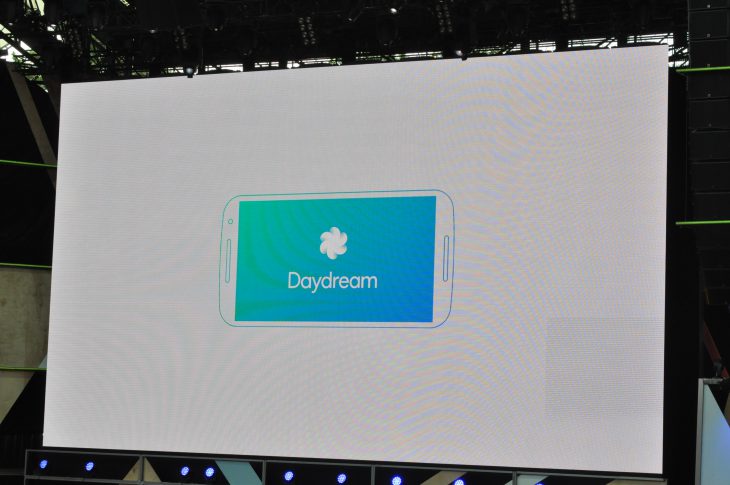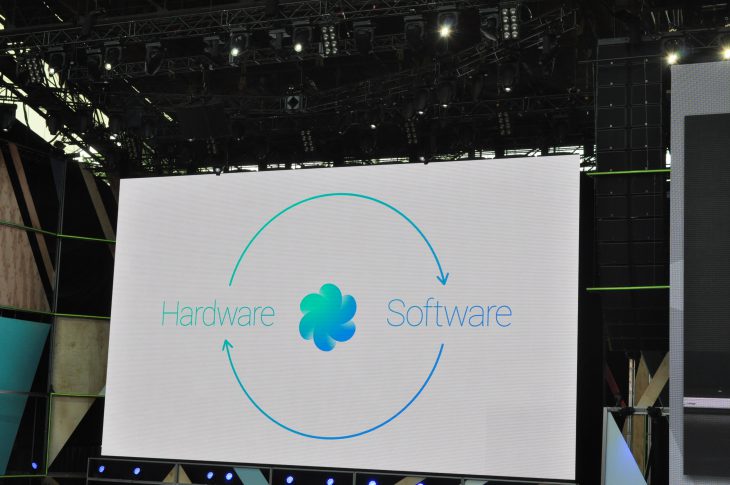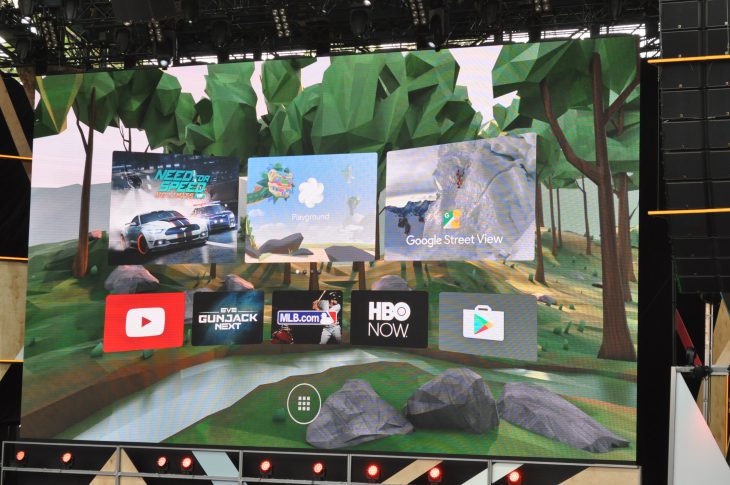
Daydream appears to be one of the larger announcements that Google has made at I/O this year, the company has kicked off Day 2 of the conference with a VR keynote, looking at software and hardware.
To start with the big key with Daydream, both hardware and software is latency. Google sees the 20-milisecond photon to latency bar as the gold standard for VR and hitting that is hard.
The Daydream hardware specification is where this is going to make the difference in making Daydream a viable option of users across the board. Google is using the specification to ensure that users get a good experience when they buy a Daydream app, they want to be able to ensure users get a good experience no matter which manufacturer they use.
To ensure this, Google looks at Daydream as a symbiotic relationship with every facet of the platform supporting the other.

So with a symbiotic relationship a big part of the new Daydream VR experience, the software side of things is going to be important. The Daydream home, is the first entry point for everyone that uses the system. Google has taken a brief look into the home screen and shown what will be happening in side.
The Daydream Home will be similar to other large screen experiences we’ve seen before. For those familiar with Android TV the top row of icons on Daydream home will be about content discovery. The apps featured will offer windows into the app, with a sort of moving parallax effect that shows a three-dimensional ‘peek’ into the app.

The Daydream Home screen will also be where you access the Google Play Store for VR apps. The list of VR apps includes a number of Google apps of course, including Google Play Movies, Google Street View, Google Photos VR and what Google says is a specially built standalone YouTube VR app designed for Daydream. Video apps from Netflix will also be available in the Play Store to give that cinema experience some real credibility.
For settings, users will be able to set their own Motion Intensity rating playing with the settings until they find something that’s comfortable for them. Other settings will be available, but weren’t expanded on here.
According to an interview with the Verge, Clay Bavor, VP of VR at Google advised them that the experience with VR will be curated with regards to ensuring that apps are ‘quality’ and meet certain ratings.
Mr Bavor told the Verge:
So on Daydream apps, on VR apps, we’re going to take a very, very strong stance on quality, on performance, sustained framerate, latency, all that, we want to make sure that we’re representing good VR to our users. And so I think that one of our goals in this announcement next week is to put this out in front of developers, and we have some pretty good instincts in how and where and in what ways we’ll be curating. Performance is a non-starter, it needs to be performant, because if it’s not it won’t be comfortable.
But we’re going to be seeking feedback from developers on how to go about this, but I think at a high level the quality bar is super super important to that and we’ll be maintaining that.
According to Google, Developers are able to start building apps for Daydream now using the Android N Developer Preview 3 and a Nexus 6P. Google has released a C++ NDK and for Unreal and Unity developers, they both are supported by Daydream natively. Google has put more information up on developing for the platform on the Daydream developer site.




